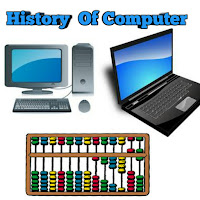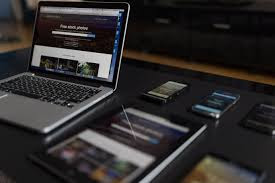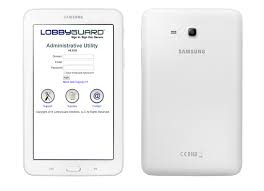History of Computer
 |
| History of computer |
Earlier computers
were costly and only large organizations could afford them. But in recently
years, new technologies and advancements in the field of Information Technology
(IT) have made computers within reach of small organization and individual
also. The computers are divided into five generations. These are described has
follows:-
a)
First Generation
b)
Second Generation
c)
Third Generation
d)
Fifth Generation
First Generation
Eckert and Mauchly established
a new company in 1946. This company was incorporated as the, UNIVAC Division of
Remington Rand in 1949. The first machine, UNIVAC-1 built by this company was
made operational in 1951 at the Bureau of Census. This machine used magnetic
medium for data input and output. It was so rugged that it could be run 24
hours a day and worked successfully till 1963. A similar machine was produced
in bulk and put to business application in 1954. These machines are known as
the first generation computers. These computers used valve technology and not
very high reliability. Some Popular computers are:
- ENIAC (Electronic Numerical Integrator and Computer)
- EDVAC (Electronic Discrete Variable Automatic Computer)
- UNIVAC I (Universal automatic Computer)
- IBM-701
- IBM-650
Second Generation
With the
advent of transistor technology, second generations of computer come into
existence. These computers were smaller in size, more reliable and highly efficient.
These machines used English like language known as high level language (HLL)
for ease of operation and application in business and scientific analysis. Many
American and European companies manufactured these machines. One of them, the
(international Business Machines) IBM-1401 was the most popular. Some popular computers
are:
- IBM 1620
- IBM 7094
- CDC 1604
- CDC 3600
- UNIVAC 1108
Third Generation
In the sixties, the integrated circuits
popularly known as Integrated Circuit (ICs) came in the field of
microelectronics. Computers that uses a large junk of electronic components
were substantially benefited both from the point of price reduction as well as
size reduction. Moreover, these machines consumed less power and were highly
reliable. These machines used more versatile programs like real time operating
system, multiprogramming techniques and database management. IBM 370 is one of
the most popular machines of this generation. Some popular computers are:
- IBM-360 Series
- Honeywell-6000 series
- PDP (Personal Data Processor)
- IBM-370/168
- TDC-316
Fourth Generation
The fourth generation
computers are primarily based on microprocessors comprising Large Scale
Integration (LSI) chips and Very Large Scale (VLSI) chips. The invention of
microprocessor chip has created a revolution in the reduction of price and size
of the generation machines. These machines have following advantages over other
generations:
a)
These machines are much faster, less expensive
and have greater data processing capacity than equivalent size third generation
computers.
b)
These computers use advanced techniques to feed
data, and to bring out processed data for used for out side world. They can
even be connected with the satellite communication links to transfer
information from the part of world to other part of the world and very high
speed.
c)
These machines use advance application software
packages, such as process controllers, computers Aided design (CAD), electronic
spread sheet (Microsoft Excel) and relational Data based management (oracle
9i). Because of this, these machines of table’s size typewriters have the same
power as was available in very large computers of the third generation.
Some popular computers are:
1.
DEC10
2.
STAR1000
3.
PDP 11
4.
CRAY-1(Super Computer)
5.
CRAY-X(Super Computer)
Fifth Generation
The period of
fifth generation is 1980 till date. In the fifth generation, the VLSI Technology
became very large scale integrated circuits, resulting in the production of
microprocessor chips having 10 million electronic components. This Generation
is based on parallel processing hardware & AI software. AI is an emerging
branch in computer science which interprets means and method of making computer
think like human being. All the high level languages like C & C++, Java,
.Net etc. are used in this generation. Some popular Computers are:
- Desktop
- Chrome book
- Ultra book
- Note book
- Laptop.








